Pressure Points: Inside the toughest matches for Serena, Federer, Nadal, Osaka and Djokovic
By Jan 12, 2022Monica Seles: The Woman to Play for the Earth
By Jan 12, 2022Pancho Gonzales: The Man to Play for the Earth
By Jan 12, 2022Following in family footsteps, Elli Mandlik clinches Australian Open return in wild card play-off
By Nov 25, 2025Novak Djokovic becomes oldest player to finish a year in the Top 4 in ATP rankings history
By Nov 25, 2025Jessica Pegula swipes Sabalenka’s cocktail, then raises a Honey Deuce to heartbreak
By Nov 25, 2025Daddy's big day: Daniil Medvedev dedicates Almaty title to daughter Victoria in sweet scene
By Nov 24, 2025What’s on Tennis Channel before the 2026 season kicks off?
By Nov 24, 2025Jannik Sinner and Alexander Zverev share flight to the Maldives
By Nov 24, 2025Four American women finished in the Top 10 this year for the first time since 2004
By Nov 24, 2025Pressure Points: Inside the toughest matches for Serena, Federer, Nadal, Osaka and Djokovic
When five of the game's greatest players faced pressure like never before.
Published Jan 12, 2022
Advertising
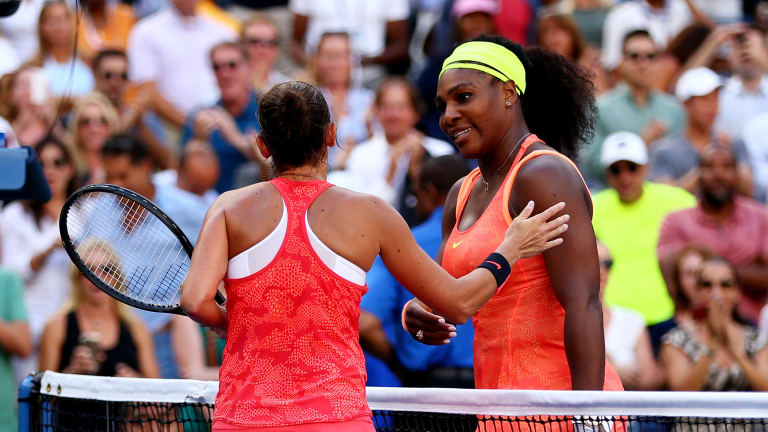
Williams came out on the wrong end of one of her highest-pressure matches at the 2015 US Open.
© 2015 Getty Images
Advertising
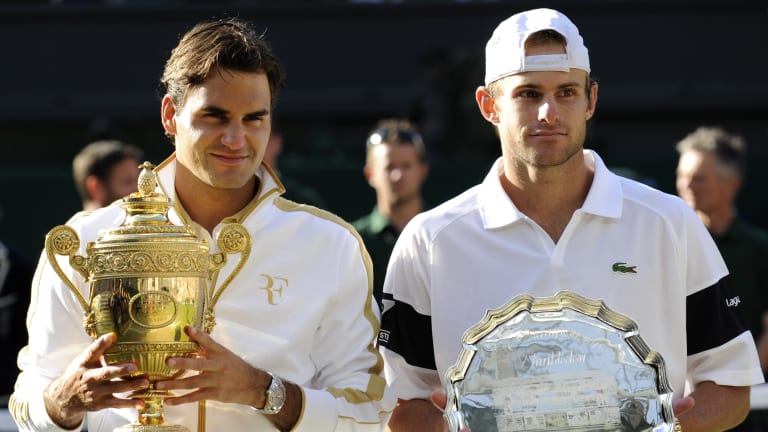
Federer broke Pete Sampras' Open Era record for major victories in the most dramatic fashion over an inspired Andy Roddick at Wimbledon in 2009.
© AFP via Getty Images
Advertising
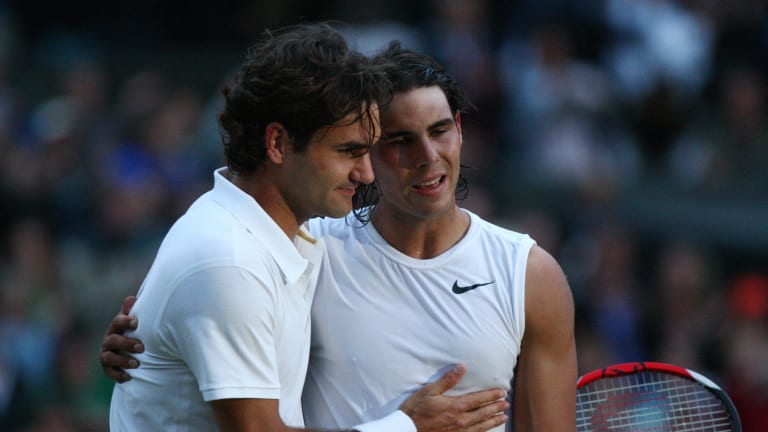
In their third Wimbledon face-off, Nadal dethroned Federer to win what many consider the best match ever played.
© AFP via Getty Images
Advertising
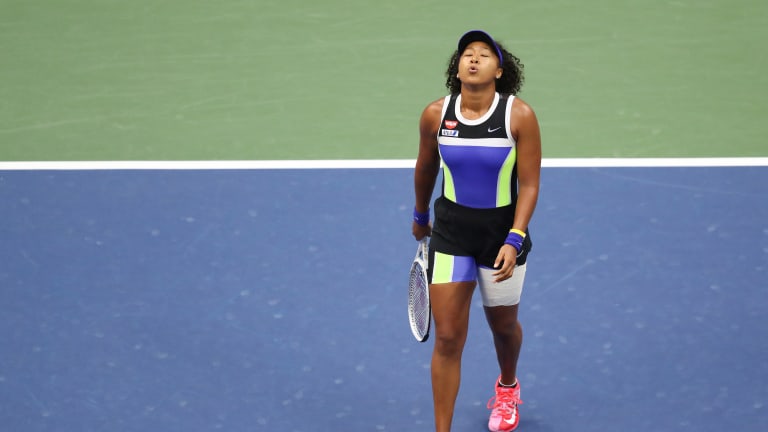
Osaka overcame empty crowds and an in-form Victoria Azarenka to win the first major played during the global pandemic.
© Getty Images
Advertising
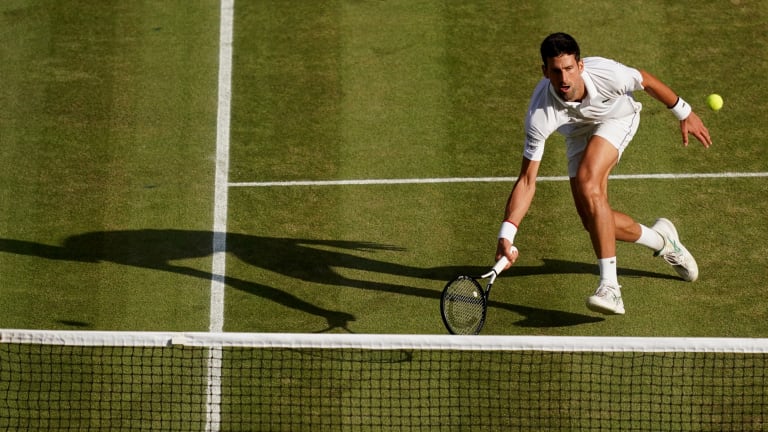
Djokovic withstood an enraptured pro-Federer crowd to win his 16th major title at 2019's Wimbledon Championships—the first to feature a final-set tiebreaker.
© AFP via Getty Images